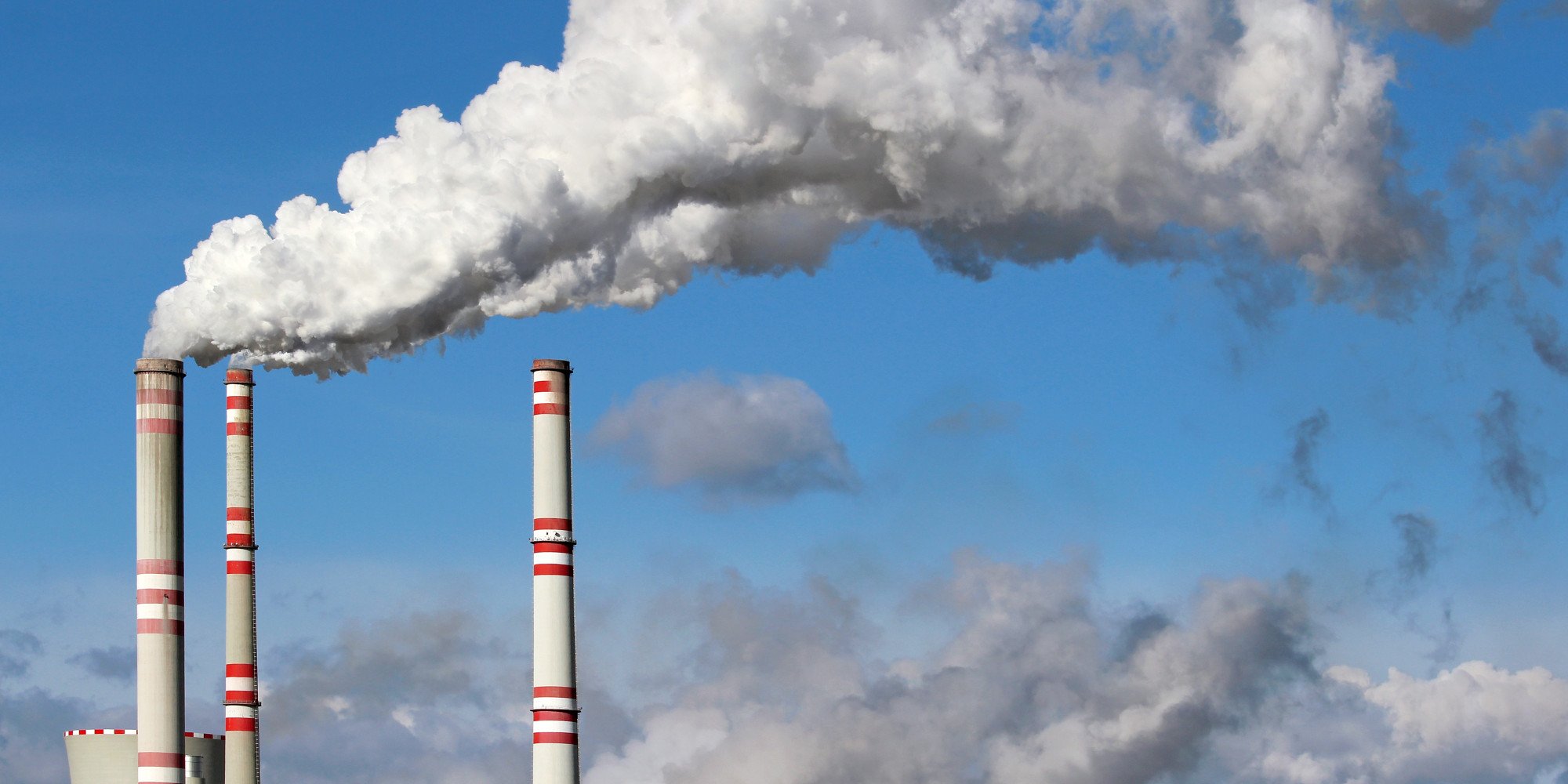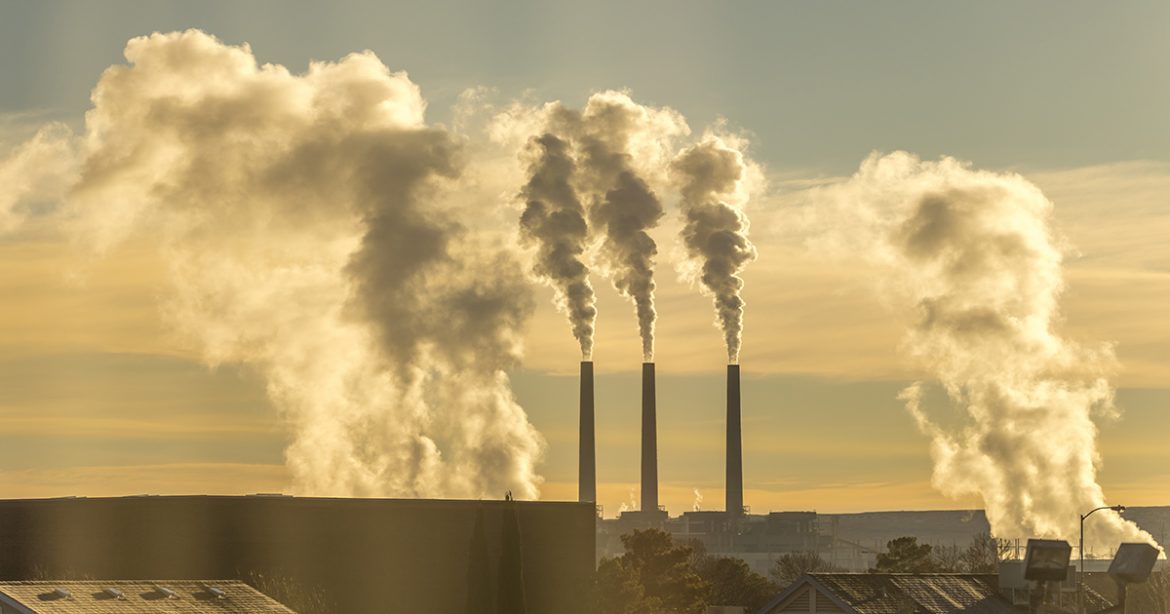
118°
The highest temperature ever recorded in Candada during June of 2021.

Worst
Recorded air quality index in NYC in the last 15 years.

3 Million Years
Since the planet was as hot as it will soon become.

8
The number of extreme weather events in the U.S. in the first 6 months of 2021.


